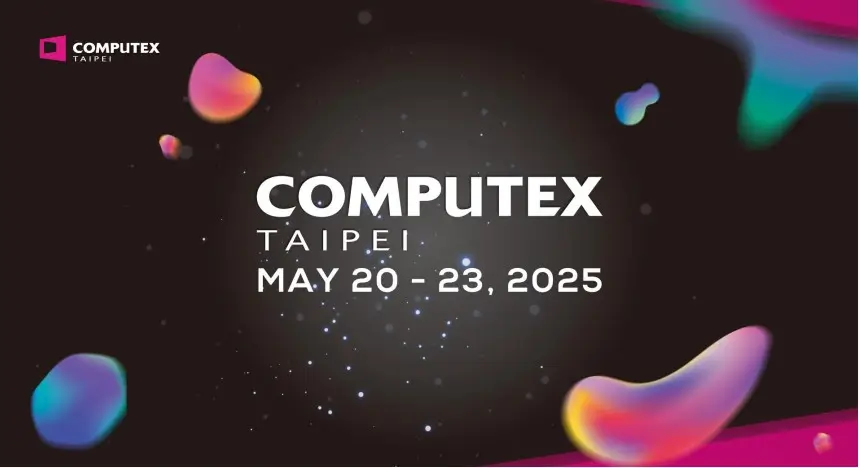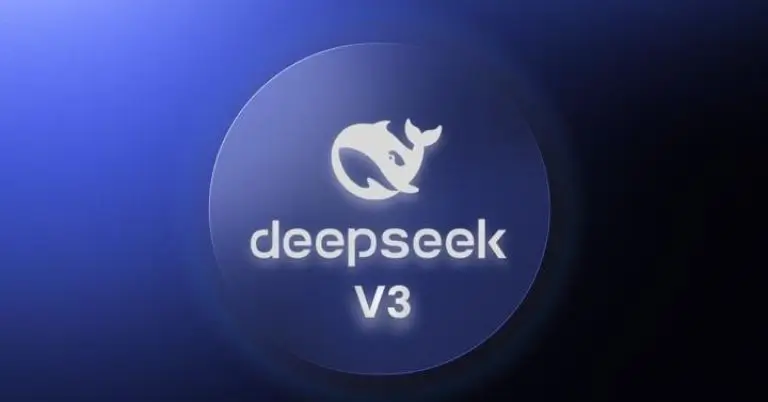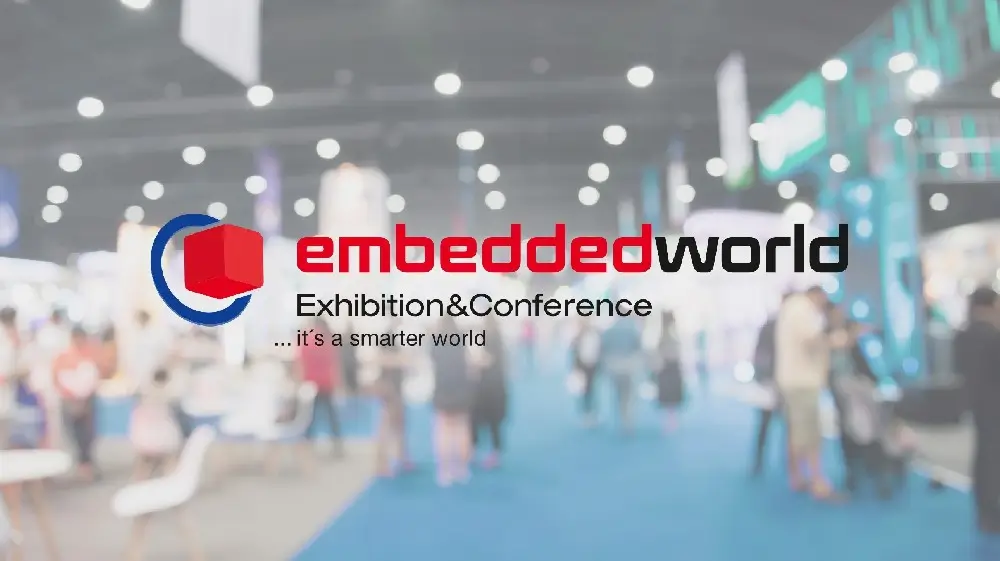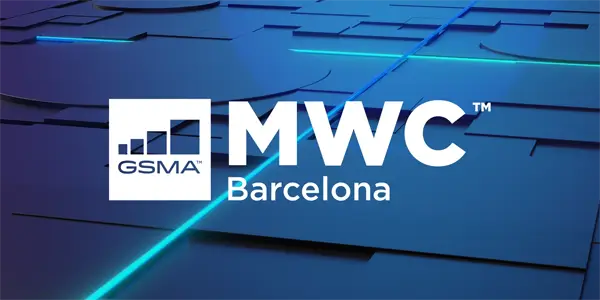MWC Barcelona 2025: The Global Stage for 5G, AI, and Next-Gen Connectivity Innovations
The Mobile World Congress (MWC) Barcelona 2025, held from March 3–6 at Fira Gran Via in Spain, has once again solidified its position as the premier event for cutting-edge advancements in telecommunications and digital technology. With over 2,400 exhibitors from 200+ countries and 100,000+ attendees, this year’s event revolves around the theme “Converge. Connect. Create.”, spotlighting breakthroughs in 5G-Advanced (5G-A), generative AI, IoT ecosystems, quantum computing, and enterprise digital transformation.
Key Themes Driving MWC 2025
1. 5G-A and Beyond:
Building on 5G’s foundational impact, MWC 2025 highlights 5G-Advanced (5G-A) technologies, which promise enhanced speeds, ultra-low latency, and energy efficiency. Huawei, the event’s largest exhibitor, showcased its 5.5G solutions, including Net5.5G and F5G-A, designed to support industrial automation, smart cities, and immersive AR/VR applications. Meanwhile, discussions on 6G research and global standardization efforts underscored the race to define the next decade of connectivity.
2. AI-Driven Innovation:
Generative AI took center stage, with exhibitors like ZTE and Ericsson demonstrating AI-optimized network management tools. Huawei unveiled its communication industry-first large AI model, targeting intelligent network diagnostics and predictive maintenance. Sessions also addressed ethical challenges, including data security and AI bias mitigation.
3. IoT and Connected Industries:
The “Connect X” theme explored scalable IoT solutions for industries like energy, transportation, and manufacturing. Innovations included smart grid systems, autonomous logistics networks, and AI-powered surveillance platforms capable of processing 4K/8K video analytics in real time.
4. Quantum Computing and Digital DNA:
Quantum computing’s potential to revolutionize encryption and data processing drew significant attention. Companies like IBM and Google presented hybrid quantum-classical solutions aimed at telecom optimization. The “Digital DNA” track emphasized how technology shapes societal progress, from healthcare to sustainable urban development.
Spotlight on Global Exhibitors
Huawei: Dominated the show floor with 5.5G infrastructure, AI-driven network innovations, and collaborations on Open RAN standards.
ZTE: Highlighted 5G-A industrial IoT solutions and edge computing advancements for smart factories.
Ericsson and Nokia: Unveiled energy-efficient Massive MIMO antennas and cloud-native 5G core networks.
Qualcomm: Demonstrated AI-enhanced Snapdragon platforms for autonomous vehicles and XR devices.
Startups and SMEs: Over 300 Chinese firms, including Xiaomi and TP-Link, showcased affordable IoT devices and modular 5G solutions.
China’s Growing Influence
Chinese companies accounted for 15% of exhibitors, reflecting the nation’s leadership in 5G deployment and AI adoption. Highlights included:
China Mobile’s hybrid 5G-A/6G testbed for smart ports.
Xiaomi’s AIoT ecosystem integration across smartphones, wearables, and smart homes.
FiberHome and Hengtong’s next-gen optical fiber solutions for high-density data centers.
Why MWC Barcelona Matters for SEO and Industry Trends
1. Keyword Opportunities: Target high-traffic terms like “5G-A solutions,” “AI telecom innovations,” and “IoT connectivity trends 2025” to align with MWC-driven search trends.
2. B2B Engagement: Over 60% of attendees are decision-makers from telecom operators, enterprises, and governments, offering unparalleled networking potential.
3. Technical Insights: Detailed sessions on 5G slicing, network APIs, and green telecom provide actionable content for whitepapers and case studies.
Looking Ahead: MWC’s Impact on Global Connectivity
MWC 2025 has set the stage for accelerated 5G-A commercialization and AI-integrated networks. With Spain’s 98% mobile coverage and robust infrastructure, the event also serves as a gateway for companies entering the European market.
Key Takeaways for Businesses:
Invest in AI-optimized network solutions to reduce operational costs.
Explore partnerships for Open RAN and quantum-safe encryption development.
Leverage MWC’s momentum to highlight ESG commitments, such as energy-efficient 5G deployments.
 Global Industrial PoE Ethernet Switch Leaders Converge at COMPUTEX 2025, Driving Innovation in Smart Edge Networks
Global Industrial PoE Ethernet Switch Leaders Converge at COMPUTEX 2025, Driving Innovation in Smart Edge Networks
 Next-Gen AI Power with DeepSeek V3: Revolutionizing Efficiency with Ethernet Switch-Optimized Architecture
Next-Gen AI Power with DeepSeek V3: Revolutionizing Efficiency with Ethernet Switch-Optimized Architecture
 Cutting-Edge Industrial Networking Solutions Shine at Embedded World Exhibition & Conference 2025
Cutting-Edge Industrial Networking Solutions Shine at Embedded World Exhibition & Conference 2025
 MWC Barcelona 2025: The Global Stage for 5G, AI, and Next-Gen Connectivity Innovations
MWC Barcelona 2025: The Global Stage for 5G, AI, and Next-Gen Connectivity Innovations



